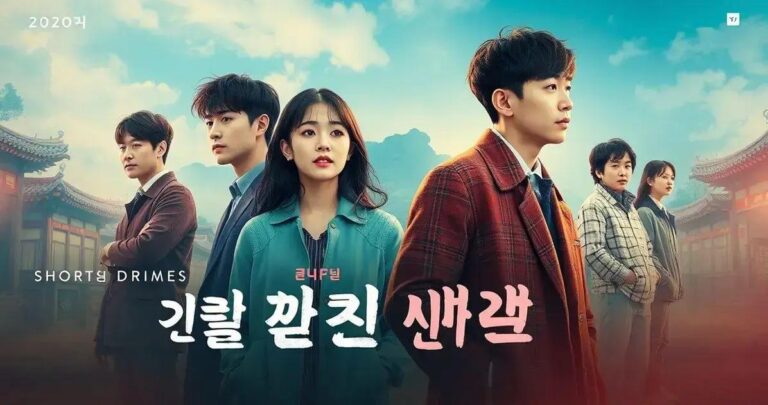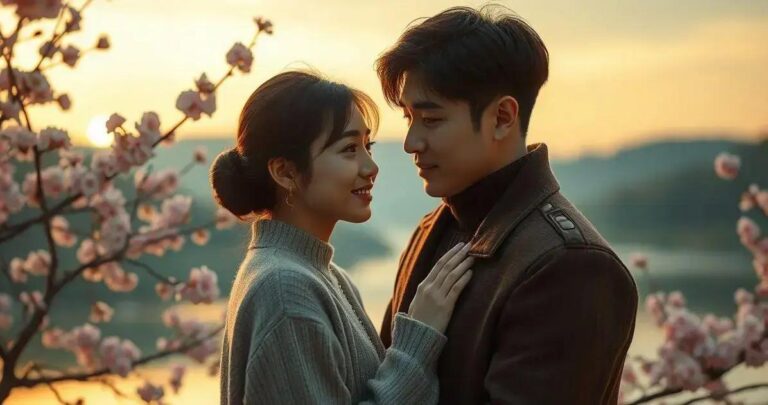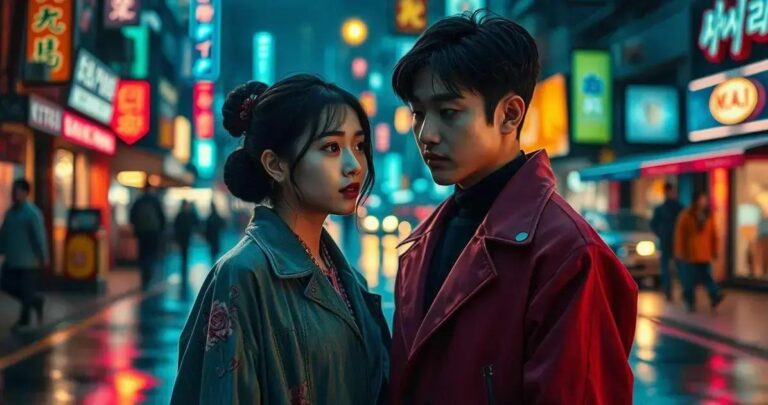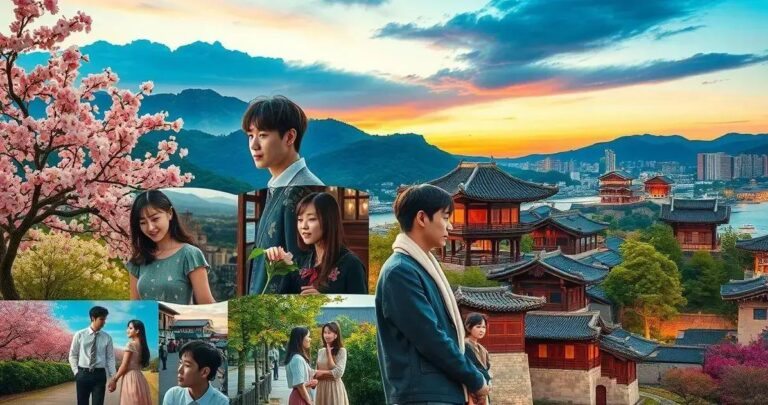Japanese Drama: Explore the Captivating World of TV Stories Now
Advertisements
Japanese Drama has been captivating audiences worldwide with its unique storytelling. If you’re craving fresh narratives and compelling characters, discovering the gems of Japanese television might be your next entertainment adventure. Dive into the **world of Japanese Drama** to uncover various genres that range from heartwarming romances to breathtaking thrillers. This exploration will take you through the top-rated shows, spotlight on celebrated actors, and offer insights into the cultural impact of these dramas.
Top Japanese Dramas to Watch Now
Dive into the world of Japanese Dramas with some of today’s most captivating series. From heartwarming stories of love and friendship to thrilling tales filled with suspense, there’s something for everyone. “Midnight Diner” is a top pick, taking viewers into the unique lives of late-night Tokyo diners. If you’re looking for suspense, “Code Blue” offers intense action with a team of emergency helicopter doctors saving lives. For those who adore romantic tales, “Hana Yori Dango” enchants with a classic story of rich vs. poor romance. You shouldn’t miss “Terrace House”, a reality TV blend of drama and real-life connections. Dramas like “Rurouni Kenshin” merge historical settings with splendid action, engaging viewers with their dynamic plots.
Why These Japanese Dramas Stand Out
Japanese Dramas possess a distinct charm, often characterized by their unique storytelling techniques. These shows highlight cultural nuances that resonate deeply with audiences, drawing them into a world where tradition intertwines with modernity. “Atelier” takes viewers into the intricate fashion industry, while “My Boss, My Hero” combines comedy and life lessons in an unforgettable way. Featuring dynamic characters and unexpected plot twists, these dramas captivate diverse audiences seeking stories that both entertain and educate.
The Evolution of Japanese TV Shows
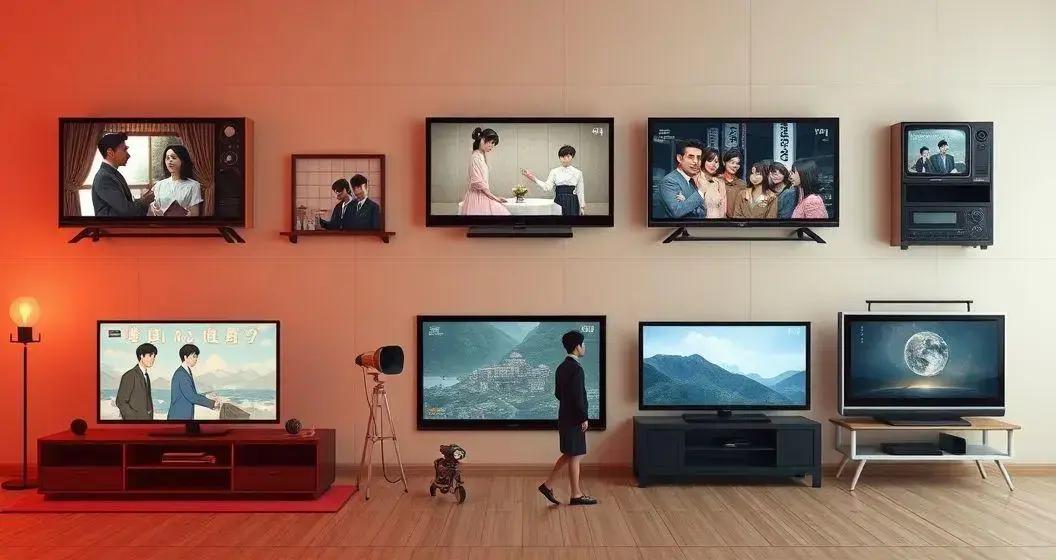
The evolution of Japanese TV shows is an intriguing journey through time. Initially, shows like “Oshin” in the 1980s captivated audiences with human stories reflecting societal struggles during changing times. As decades passed, the emergence of “trendy dramas” in the 1990s brought youthful stories that matched the rapid modernization of Japan. This era gave birth to series like “Tokyo Love Story”, which became a cultural phenomenon.
Technological Advancements in Japanese Broadcasting
With the dawn of the new millennium, both digital technology and strong storytelling propelled shows like “Hanzawa Naoki” into immense popularity, showcasing a sophisticated blend of drama and intricate plots. Streaming platforms have further redefined viewership, allowing global audiences to easily access Japanese content. These platforms have introduced more variety in themes, encouraging diversity and originality within Japanese dramas.
The lasting appeal of Japanese TV shows can be attributed to their ability to adapt and stay relevant while preserving cultural connections. As they continue to evolve, viewers can expect even more dynamic narratives and ground-breaking stories that reflect both past traditions and future possibilities.
Famous Japanese Actors and Actresses
Japanese TV dramas have introduced the world to a host of talented actors and actresses, whose performances captivate audiences. Ken Watanabe is a revered actor, known both in Japan and internationally for his powerful performances in TV dramas and films such as “The Last Samurai”. Another notable figure is Masami Nagasawa, whose versatile roles in series like “Last Friends” showcase her emotional depth.
Icons of Japanese Drama
The charming and incredibly talented Takeru Satoh rose to fame through the series “Rurouni Kenshin”, capturing the hearts of viewers with his action-packed roles. Meanwhile, Yui Aragaki has become a household name due to her vibrant personality and performances in romantic comedies such as “Nigeru wa Haji da ga Yaku ni Tatsu”. These actors not only thrive in drama-rich narratives but also exemplify the artistry that defines Japanese television.
The emergence of new stars like Kento Yamazaki continues to enrich the industry with fresh talent and promising performances. Kento’s roles in “Your Lie in April” have solidified his status as a promising young actor in the new wave of Japanese drama.
Cultural Impact of Japanese Drama Globally

The cultural impact of Japanese drama spans across continents, weaving itself into the global entertainment tapestry. These dramas carry elements of Japanese culture, language, and societal values, intriguing international audiences. Shows like “Shitsuren Chocolatier” showcase Japanese culinary arts, enticing viewers worldwide with the exquisite art of chocolate-making.
Influence Beyond Entertainment
Japanese dramas often incorporate themes such as family bonds, perseverance, and ethical dilemmas, resonating deeply with global audiences who identify with these universal stories. Series like “Hana Yori Dango” have been adapted into multiple cultures, indicating their broad appeal and influence. These adaptations further highlight how Japanese storytelling can bridge cultural divides.
The global popularity of Japanese dramas also promotes an interest in learning the Japanese language and culture. Streaming services ramp up this reach by offering subtitled versions, ensuring accessibility for non-Japanese speakers. Thus, these dramas contribute to the growing international fascination with Japanese lifestyle, fashion, and traditions, enriching global cultural diversity.
How Japanese Drama Differs from Others
Japanese dramas stand apart from others due to their distinct storytelling style, cultural nuances, and compact format. Unlike the extended seasons common in Western shows, many Japanese dramas are concise, typically spanning 10 to 12 episodes. This brevity ensures tight storytelling and avoids unnecessary plot extensions.
Storytelling and Themes
Japanese dramas often delve into everyday life and societal themes, focusing on character development and realistic scenarios. They explore themes of personal growth, family dynamics, and moral complexities, encouraging viewers to reflect on societal issues. The popular series “Quartet” is a prime example, blending music, drama, and mystery.
Another unique trait is the emphasis on subtle emotional expressions and atmosphere, rather than relying heavily on action or dramatic plot twists. This style allows for a more nuanced exploration of characters’ inner lives, as seen in dramas like “1 Litre of Tears”, which touches on deep emotional and inspirational themes.
Visual aesthetics in Japanese dramas also differ, with meticulous attention to cinematography and scenery that highlights Japan’s natural beauty and urban charm. This focus on aesthetics complements the narrative and enhances the viewing experience, making Japanese dramas a captivating watch.
Must-Watch Genres in Japanese Drama
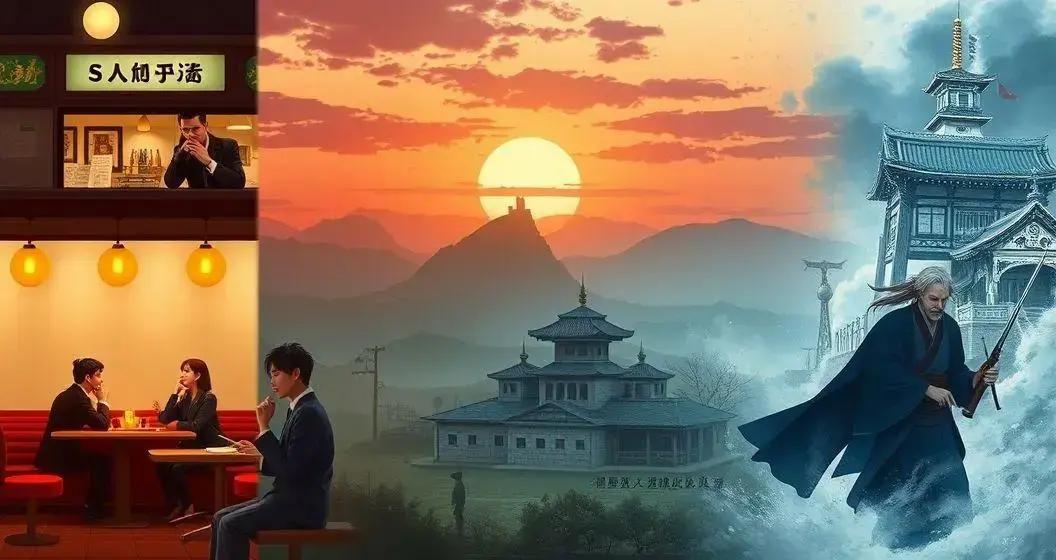
Japanese dramas offer a diverse array of genres, each providing unique storytelling experiences. A must-watch genre is the slice-of-life drama, which immerses viewers in realistic portrayals of everyday life, as seen in “Shinya Shokudo” (Midnight Diner). These shows captivate with their warmth and relatability.
Exploring Different Genres
For those seeking thrill and mystery, crime dramas like “Unnatural” deliver gripping plots with clever twists. These series often blend investigative tension with psychological depth. For romance enthusiasts, romantic dramas such as “Love Lasts Forever” provide heartwarming stories filled with humor and emotional connections.
Historical dramas also hold a special place, often showcasing Japan’s rich cultural heritage and historical events. Dramas like “Rurouni Kenshin” beautifully blend action and history, offering a thrilling journey through time. Lastly, fantasy and supernatural genres captivate with their inventive plots and visual spectacles, as demonstrated in popular series like “Erased”.
Each genre offers a distinct experience, allowing viewers to explore different facets of Japanese storytelling within the rich tapestry of its television culture.
Conteúdo não disponível

